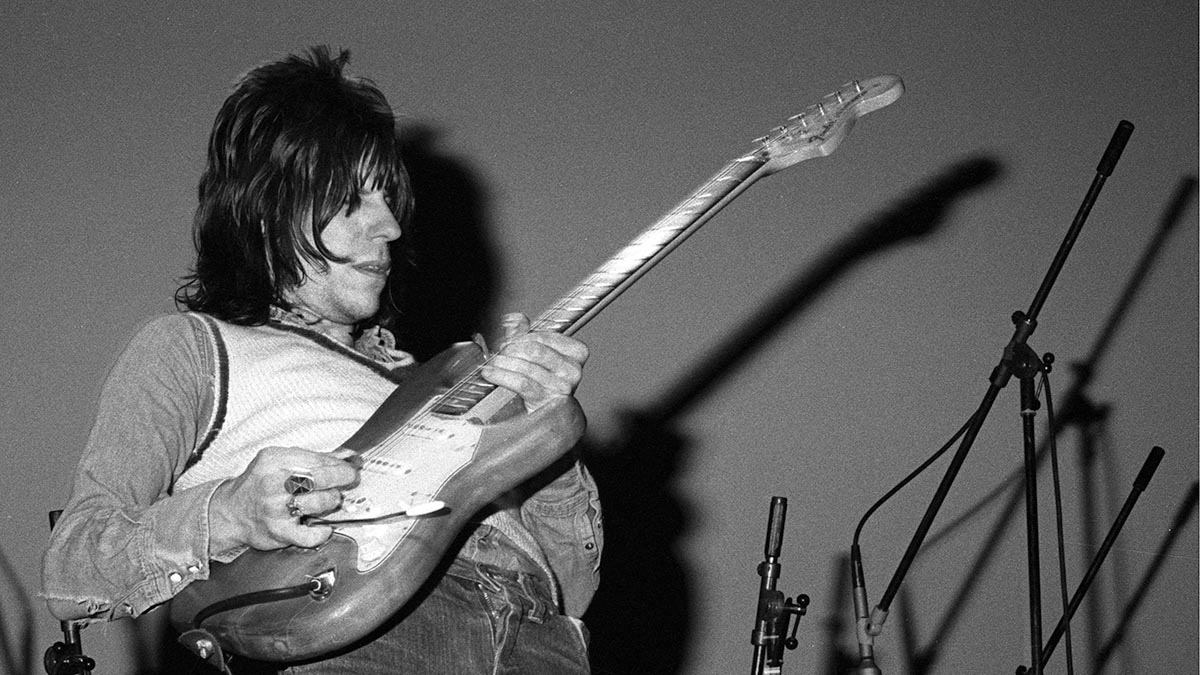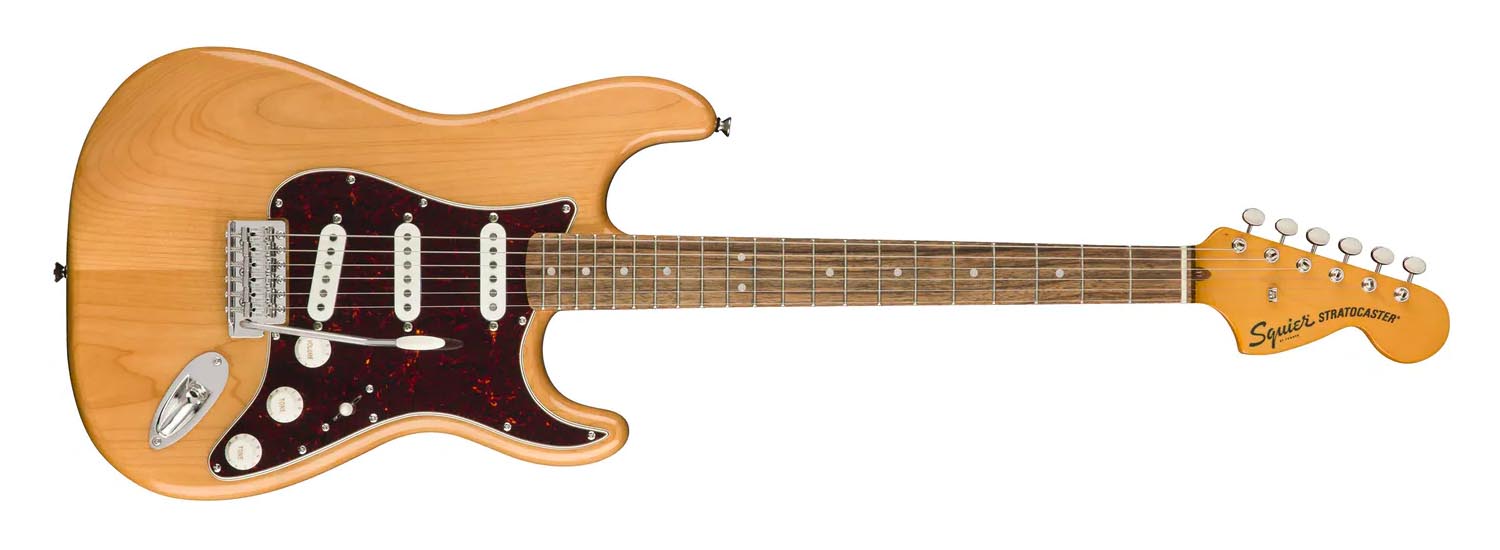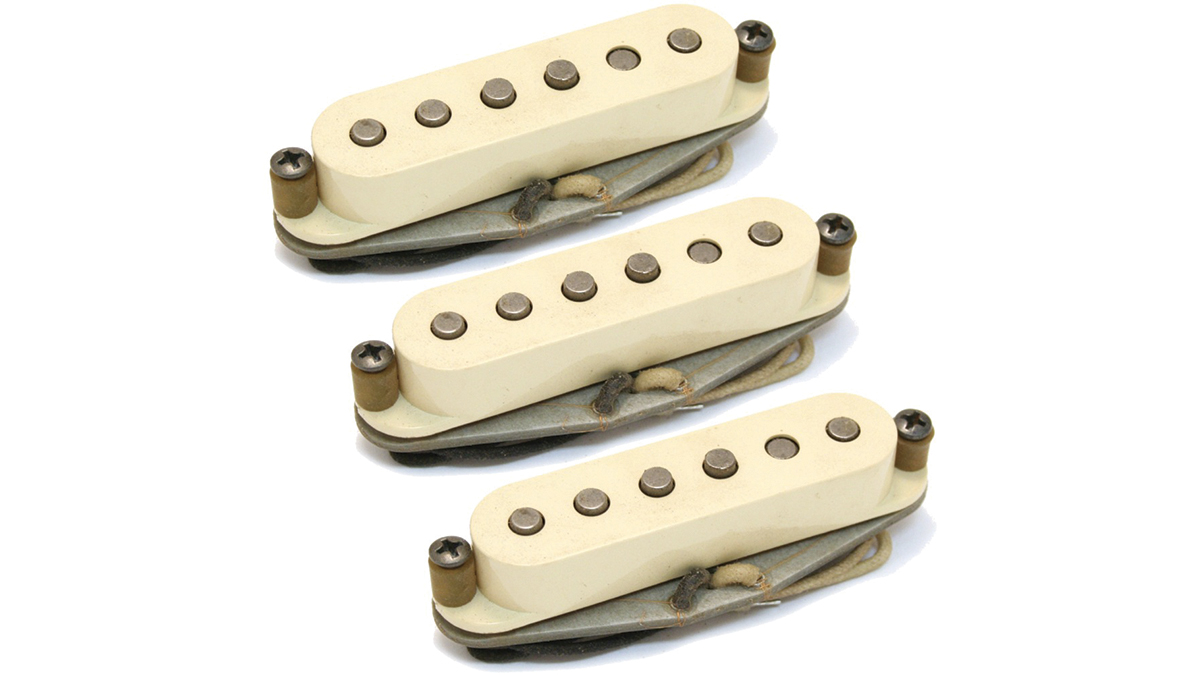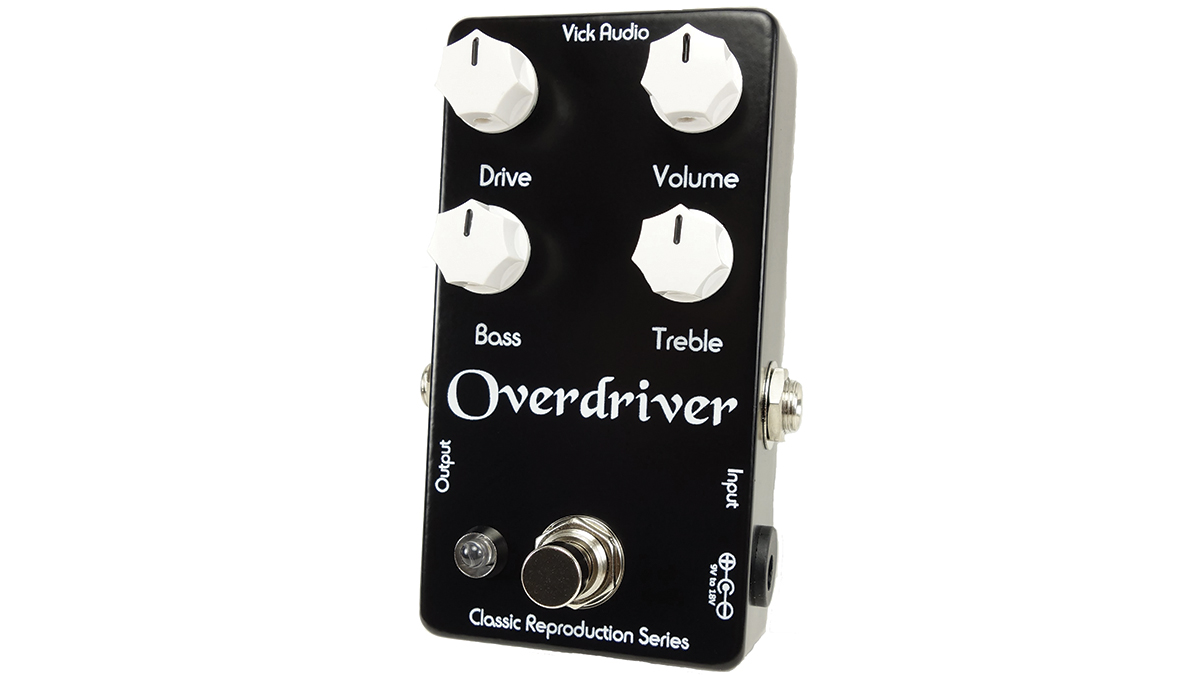The secrets behind Jeff Beck’s guitar tone on Freeway Jam
Beck’s 1975 jazz-rock fusion breakthough album, Blow by Blow, is a tour de force of his playing, but how did he get that overdriven Strat magic on Freeway Jam?

Jeff Beck is one of the rare breed of players who always sounds like himself regardless of what gear he’s using, whether it’s the tiny Fender Pro Junior amps he plays onstage today, a DigiTech GSP-21 direct to the mixing console like he used on Frankie’s House or the Marshall stacks he played onstage during the ’70s.
Even when I once watched him play Savoy on an unplugged 1956 Gretsch Duo-Jet with heavy flatwound strings, it still sounded uncannily like what he recorded on Guitar Shop.
Because his tone is so heavily shaped by his idiosyncratic technique, phrasing and personality, I’ve avoided covering Beck in this column, but as Tonal Recall makes it final bow, it seems like a good time to make an attempt at a track on his classic jazz-rock fusion breakthough, Blow by Blow, for the column’s farewell.
The reason I say “attempt” is because exact details about what Beck used on that album are hard to come by. For example, during a 2006 interview for a Japanese magazine, Jeff said he didn’t remember what amps he used on the album and speculated it may have been a Marshall, Fender or Vox – three very different-sounding amps.
However, footage shot for a BBC program in August 1974 (only two months before the Blow by Blow sessions) provides a clearer picture of the rig Beck may have actually used.
For his performance with the band Upp, Beck played his 1954 “Oxblood” Gibson Les Paul plugged into a ZB Custom volume pedal, Colorsound Overdriver and Cry Baby wah pedal.
The amps onstage were an early ’70s Fender Champ and an Ampeg VT-40. I believe the Champ was only used as a driver for his Kustom “The Bag” talk box, and the Ampeg was his main guitar amp.
Get The Pick Newsletter
All the latest guitar news, interviews, lessons, reviews, deals and more, direct to your inbox!
Beck’s tone on Upp’s performance of a cover of the Beatles’ She’s a Woman is quite close to that on Blow by Blow. It also makes sense that Beck would use a more modest setup in the studio than the blazing loud Marshalls he used onstage, as it was a common practice during the ’60s and ’70s for guitarists to use entirely different, smaller rigs in the studio than what they used live.
For the featured track Freeway Jam, Beck certainly used a Fender Stratocaster, as evinced by the whammy bar workouts.
During this period, Beck was often seen playing two Strats – a natural finish example with an early ’60s body and ’70s rosewood neck with “bullet” truss rod adjustment nut and a stock ’70s Olympic White Strat also with a rosewood neck (not to be confused with the ’60s Olympic White Strat that John McLaughlin gave Beck while they were on tour together later).
My best guess is that he used the natural Strat, but it could have been either. The overdrive tones come courtesy of the Colorsound Overdriver, which considerably thickens the Strat’s midrange punch. The slightly fizzy decay of the power chords points to the Overdriver’s use instead of the smoother sound of natural amp overdrive.
Original gear
Guitar: Fender Stratocaster with early ’60s body and mid-’70s rosewood neck (bridge pickup), Volume: 10, Tone 1: 10, Tone 2: 10
Amp: Early ’70s Ampeg VT-40 (Input One/Bright, Volume 1: 7, Volume 2: 0, Treble: 6, Midrange: 8, Bass: 2, Reverb: 0, Sensitivity 1: 0dB, Sensitivity 2: NA, Ultra Hi: Midrange switch: 2/1000Hz) with four Ampeg special-design 10-inch speakers (either CTS or Eminence)
Effects: Colorsound Overdriver (Drive: 6, Treble: 4, Bass: 6)
Strings/tuning: Unknown (probably Ernie Ball Super Slinky .009, .011, .016, .024, .032, .042)/standard
Pick: Unknown, probably Fender 351-shape (teardrop) medium
Get the sound, cheap!

Squier Classic Vibe ’70s Stratocaster with laurel fingerboard

Seymour Duncan Antiquity II Surf Strat bridge pickup

Fender Pro Junior IV

Vick Audio Overdriver
Tone Tip: Although the Pro Junior isn’t the equivalent of an Ampeg VT-40, if it’s good enough for Beck, it’s good enough for us. Turn up the volume to the brink of overdrive (about 6 or 7) and dial the Tone to 8.
Chris is the co-author of Eruption - Conversations with Eddie Van Halen. He is a 40-year music industry veteran who started at Boardwalk Entertainment (Joan Jett, Night Ranger) and Roland US before becoming a guitar journalist in 1991. He has interviewed more than 600 artists, written more than 1,400 product reviews and contributed to Jeff Beck’s Beck 01: Hot Rods and Rock & Roll and Eric Clapton’s Six String Stories.
“It was tour, tour, tour. I had this moment where I was like, ‘What do I even want out of music?’”: Yvette Young’s fretboard wizardry was a wake-up call for modern guitar playing – but with her latest pivot, she’s making music to help emo kids go to sleep
“There are people who think it makes a big difference to the sound. Stevie always sounded the same whether it was rosewood or maple”: Jimmie Vaughan says your fretboard choice doesn’t matter – and SRV is his proof








![John Mayer and Bob Weir [left] of Dead & Company photographed against a grey background. Mayer wears a blue overshirt and has his signature Silver Sky on his shoulder. Weir wears grey and a bolo tie.](https://cdn.mos.cms.futurecdn.net/C6niSAybzVCHoYcpJ8ZZgE.jpg)

![A black-and-white action shot of Sergeant Thunderhoof perform live: [from left] Mark Sayer, Dan Flitcroft, Jim Camp and Josh Gallop](https://cdn.mos.cms.futurecdn.net/am3UhJbsxAE239XRRZ8zC8.jpg)
